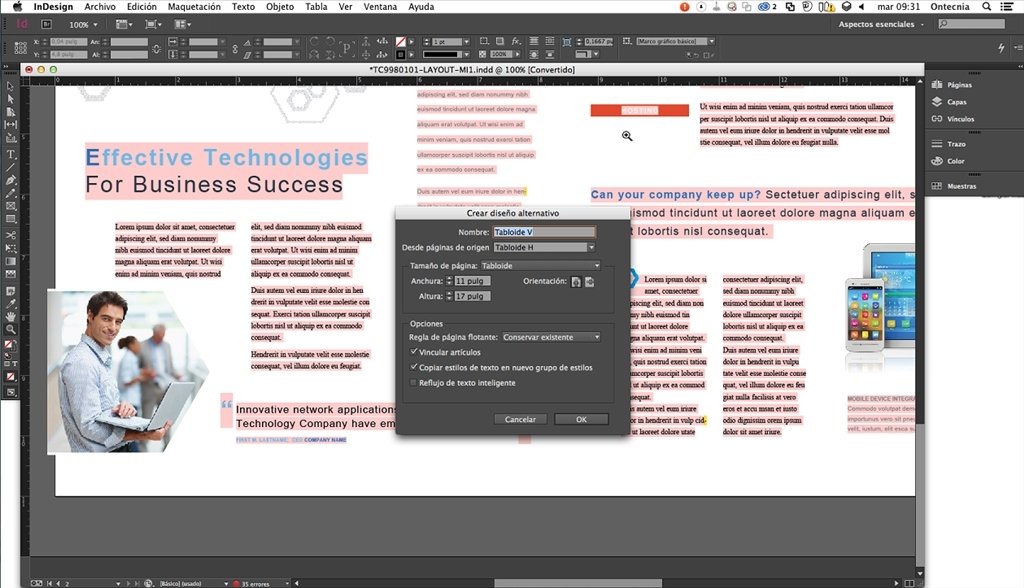


Now, this is a MacBook Air 13" so I initially thought that the somewhat weak CPU could be the cause but it turns out it's not CPU limited at all AutoCAD uses 10% CPU, tops, and there's plenty of spare CPU cycles (like 70-80%, at least). It reminds me a little of how resizing a window was in the early days of OS X. It's like it's snapping randomly to non existent objects, or just plain jumpy (both with the track pad and an external mouse). to select objects with a selection rectangle) or when drawing stuff, like lines, splines, polylines etc. As it is now, the cursor is really jerky whenever a mouse button is pressed (e.g. Click OK to close the Customize dialog, and begin using your new Flatten macro.My GF recently got AutoCAD 2011 on her new Mac, and while it performs admirably in all other aspects, using AutoCAD 2011 could be smoother.Drag-and-drop your macro into your Tool Set.Locate your newly created macro within the left-hand panel.Expand an existing Tool Set contained within the right-hand panel, or click the button to create a new one.To do this: Adding custom macro into an AutoCAD for Mac Tool Set Adding to a Tool SetĪdding access to your newly created Macro is just a matter of adding it to a new or existing Tool Set. Put another way, the functionality of the FLATTEN command has been emulated through a Macro.

Now that all of the selected objects share a common elevation, we can move them down –1e99, and the final elevation will be 0. What the above macro does is moves the objects you select above the maximum range for AutoCAD which results in those objects being placed at the maximum height of 1e99.
AUTOCAD FOR MAC EXPRESS TOOLS WINDOWS
Here’s the FLATTEN tool icon from the Windows version of AutoCAD. Copy the following into the Macro portion of the Customize dialog:.Within the Properties section of the Customize dialog give your tool a name (i.e.From the Customize dialog, click the button to create a new command.Inside AutoCAD for Mac, open Tools > Customize > Interface (CUI).I was able to very easily do this by: Creating a custom AutoCAD for Mac Macto Instead, my solution was to create a custom macro. Trouble is, AutoCAD for Mac doesn’t have the FLATTEN command since its part of the Express Tools bundle.īooting Parallels to open the Windows version would have been too easy. Express Tool users know the perfect solution to this problem is the FLATTEN command. I came across that very situation as I opened a drawing that was sent to me, and had linework drawn at many elevations. Regardless of the incredibly logical reasons behind the decision, it still doesn’t supersede the frustration of a missing tool. Since AutoCAD for Mac was a complete rewrite, and the Express Tools team has long been dissolved, it only makes sense Autodesk chose not to port Express Tools to the Mac platform. No matter how small the gap between platforms, a missing tool is a missing tool. While the gap between the Mac and Windows releases of AutoCAD 2011 left me wishing for more, the 2012, and especially the new 2013 release dramatically narrow the gap between the two platforms. In fact, my company and I are preparing to host an AutoCAD for Mac training class in the next month. Aside from being rather absent from the blogosphere, I have found myself using AutoCAD for Mac more and more lately.


 0 kommentar(er)
0 kommentar(er)
